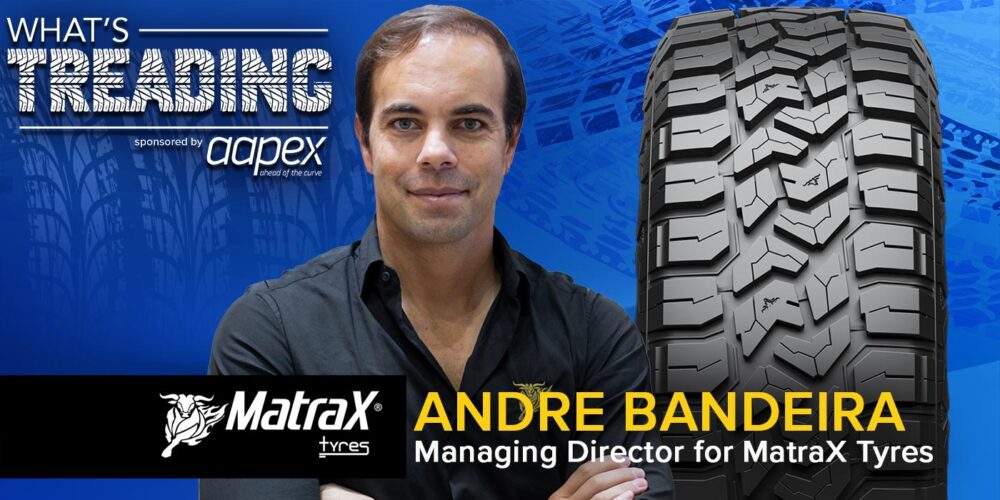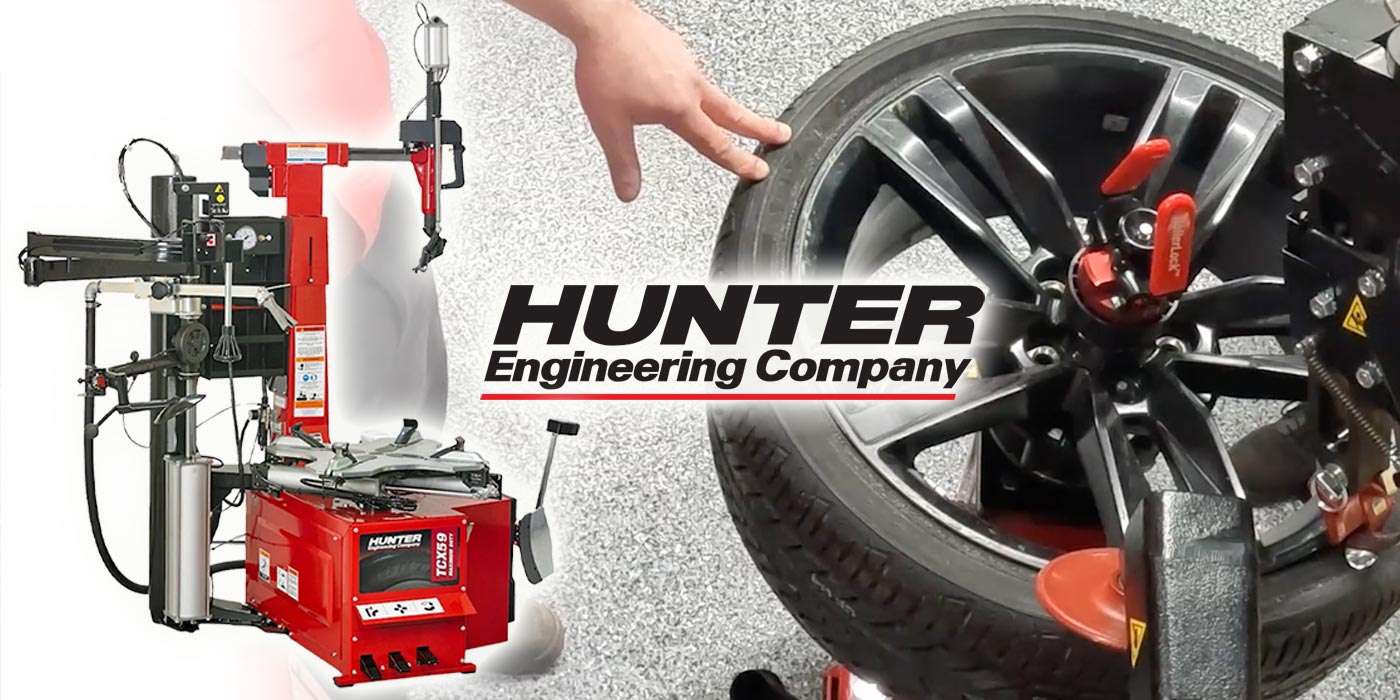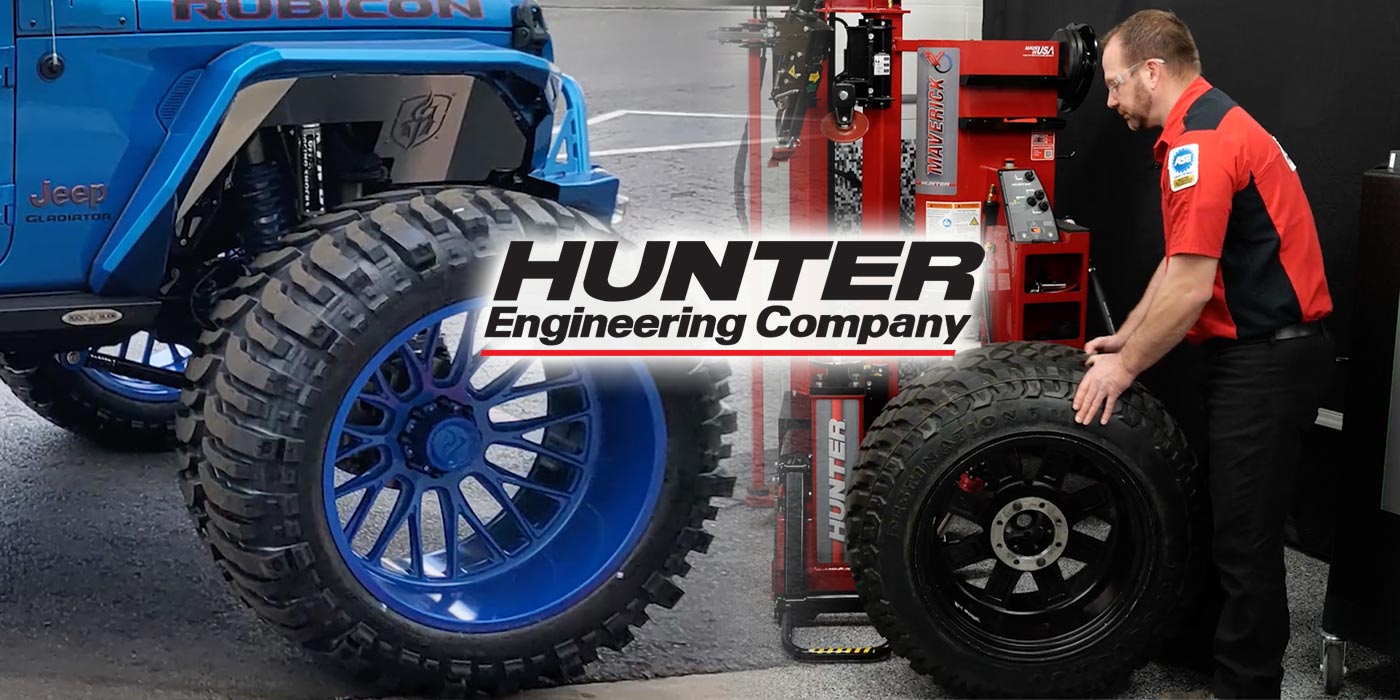Misinformation surrounding the correct methods for repairing electric vehicle (EV) tires has been prevalent. A significant number of EV tires feature a layer of noise-reducing foam attached to the inner lining, aimed at minimizing road noise. Encouragingly, it’s important to note that similar to tires meant for ICE vehicles, these noise-suppressing EV tires are reparable.
In this video, presented by Tech Tire Repairs, we’re joined by Izzy, who talks about how you can make repairs on EV tires and the best steps for doing so.
Transcript from the episode below:
Doug: There has been a lot of misinformation regarding the proper repair of EV tires. Many EV tires have a layer of sound suppression foam adhered to the inner liner to reduce road noise. The good news is that like any other tire on the road, sound suppression EV tires can be repaired.
With me today is Izzy from Tech Tire Repairs. Welcome Izzy…
IZZY: Hello, and thank you for having me.
Doug: So, can you explain some of the additional steps required to perform a safe and proper tire repair on EV sound suppression tires?
Izzy: Sure, I’d be happy to.
Just like any tire repair, you’re going to want to begin by removing the tire from the wheel and doing a thorough inspection of the puncture.
For EV tires with sound suppression foam, you’ll need to cut and remove a section of the foam to inspect the injury from inside the tire.
Once you’ve determined that puncture is in the crown area and less than ¼” in diameter, you’ll need to take a closer look at the adhesive that was used to glue the foam in place.
There are two main types of adhesives tire manufacturers use to attach the foam… cured and uncured.
Cured adhesives will need to be completely removed prior to installing a one-piece patch/plug or two-piece tire repair. To remove the adhesive, clean the area with rubber cleaner and a scraper. Follow that up with your low-speed buffer to create a smooth even texture for maximum adhesion.
Any uncured adhesives will be tacky to the touch. These types of adhesives should not be cleared away. Simply move on to the next steps of the proper tire repair process including, drilling out the injury with a carbide cutter and installing the repair using chemical vulcanizing cement.
With the repair securely in place, seal the area with inner liner sealer and the tire is ready to return to service.
Doug: Is it necessary to replace the foam?
Izzy: Reinstalling the foam is optional. If desired, you can use the inner liner sealer to prepare the area for reapplying the foam if the adhesive has lost its tack.
Doug: Excellent. For more information on TECH and additional Tire Repair Training, visit techtirerepairs.com













